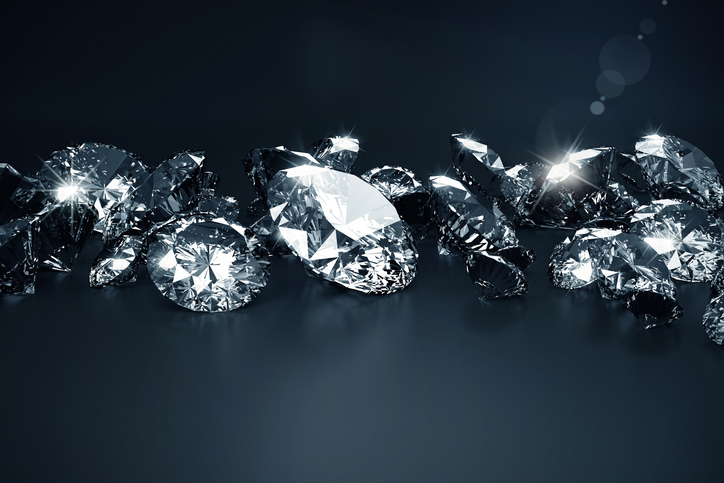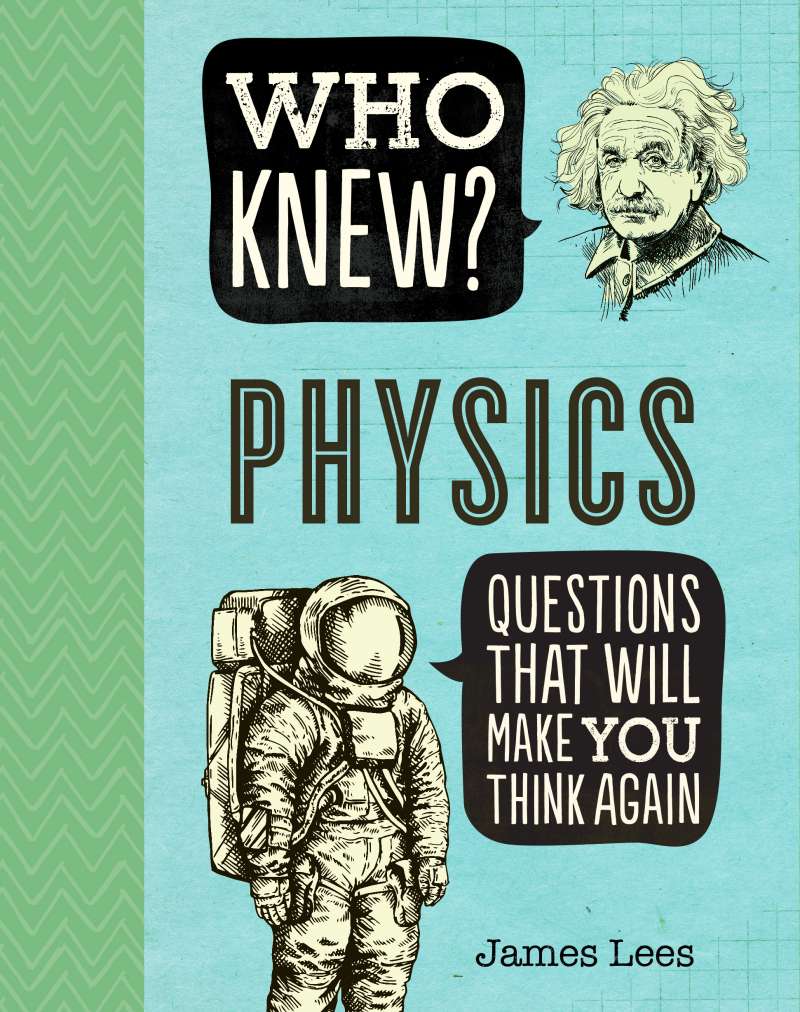Diamonds are a sparkly, fancy — and very expensive — miracle of science.

Superman’s hands
In many comic books, Superman showed off one of his coolest powers: He can squeeze a lump of coal into a diamond. Spoiler alert: Superman may be strong, but he isn’t real, and so doing making a diamond “by hand” isn’t possible. Converting regular old raw materials into a precious gem requires both extreme pressure and extreme heat — Superman’s hands would have to heat up to about 2,200°F.
The largest diamond
The largest diamond on record: The Cullinan diamond. Discovered in South Africa in 1905, it weighed 1.37 pounds. (Then it was broken down into smaller chunks of diamond and sold off.)
What’s a carat?
Diamonds are usually labeled and advertised by “carat.” How much is that? It’s 0.007 ounces.
In Who Knew? Physics, you’ll learn the mind-blowing answers to questions about the way our universe works.
Industrial uses vs. jewelry
Diamonds are the hardest naturally occurring material on earth. That makes them great tools for drilling and for cutting virtually any other hard material. About 70 percent of all diamonds harvested every year are used for such industrial uses, while only the remaining 30 percent are used for jewelry.
How long have diamonds been used?
People have known diamonds are useful for centuries. There’s anthropological evidence that people first used them as engraving tools around 6000 B.C. Around 4000 B.C. is when people in India realized they’d look real nice as jewelry.
Carbon atoms
A diamond may look special and magical, but it’s really just carbon atoms arranged in a certain way. That means they can be constructed in a laboratory setting. Simplifying things greatly, a diamond consists of carbon atoms placed in a tetrahedron shape. Then those small chemical bonds are bonded to each other, and so on, until there’s a precious gem large enough to be seen with the naked eye.
Synthetic diamonds
The biggest synthetic diamond on record: In 2014, a company called Pure Grown Diamonds made one that weighed a whopping 0.02 ounces. (That’s about 245 carats.)
The Hope Diamond
Compare that to the famous “Hope Diamond,” first discovered in the 17th century, weigh in at about 46 carats. (A much bigger number: its value. Should anything happen to it, it’s insured for $250 million.)
It’s a scientific fact that if you enjoyed this article, you’ll enjoy similar ones in Who Knew? Physics, available now from Portable Press.








